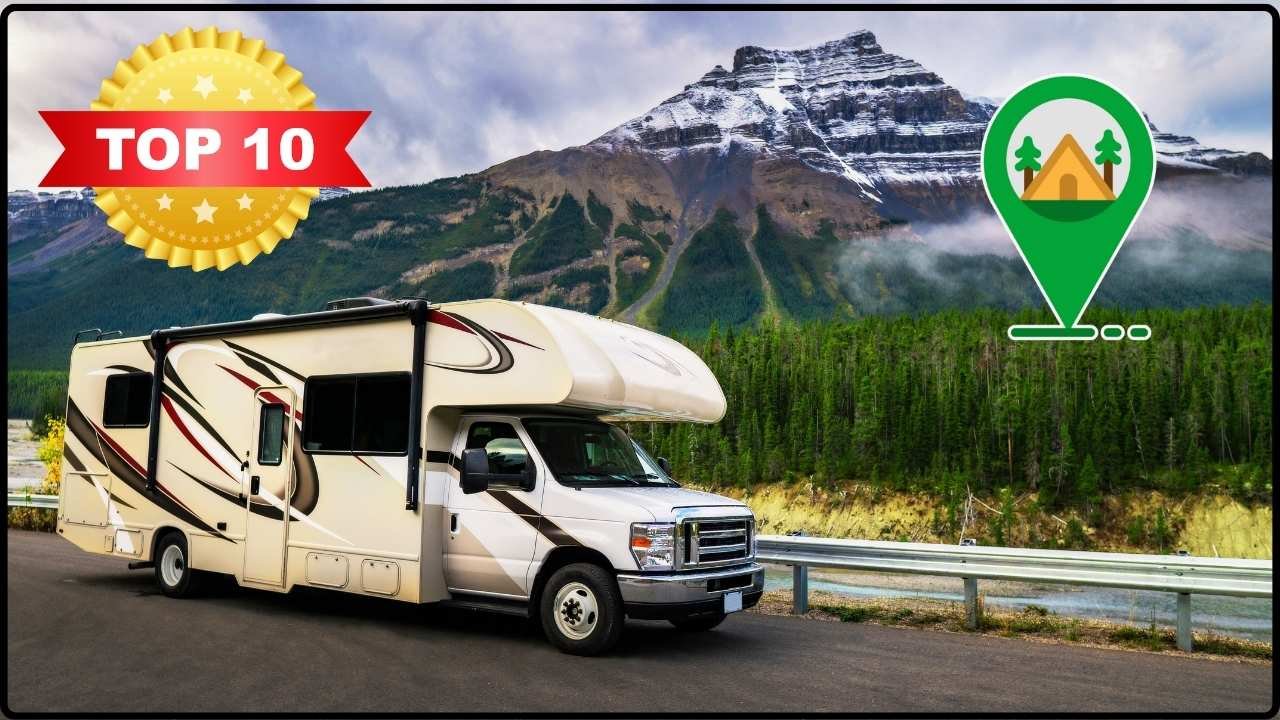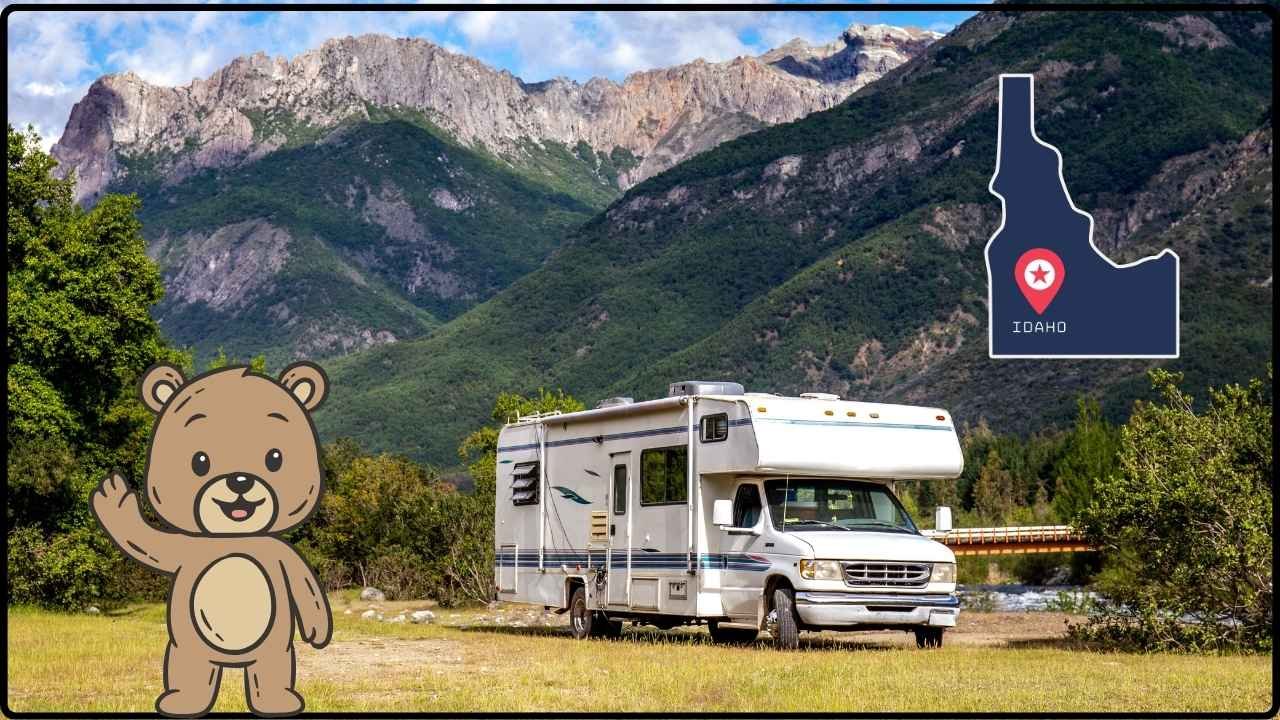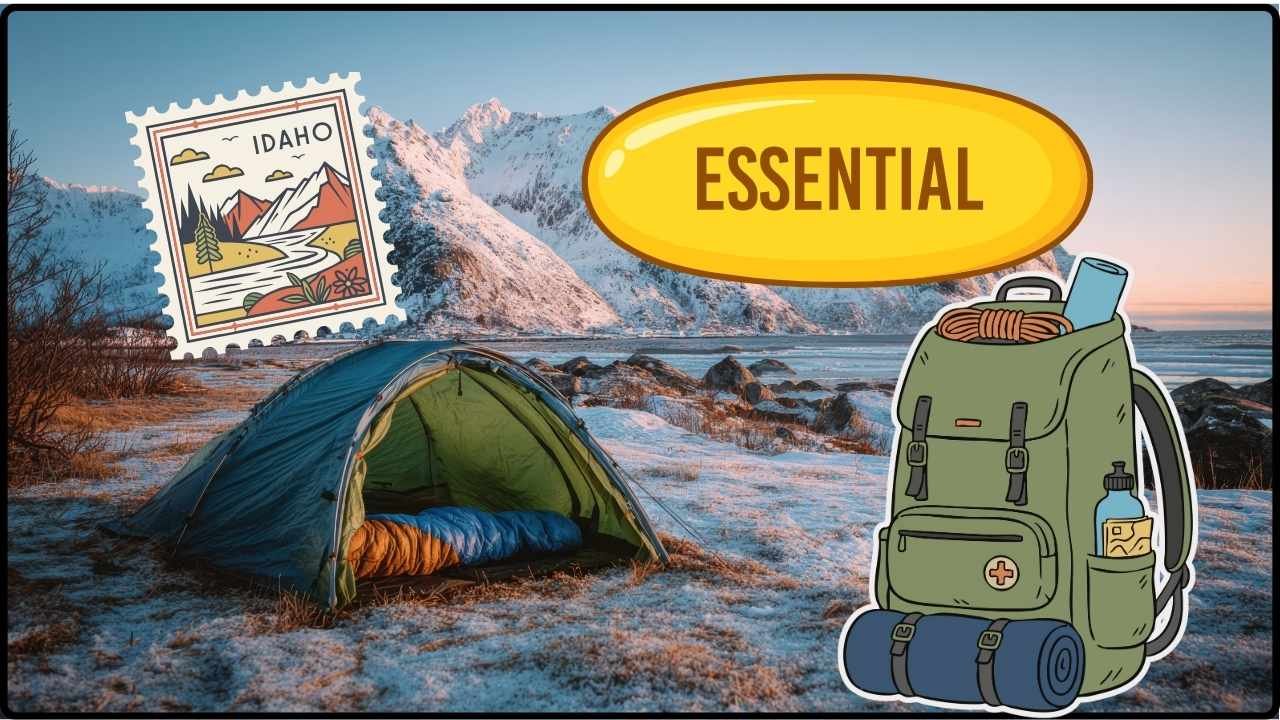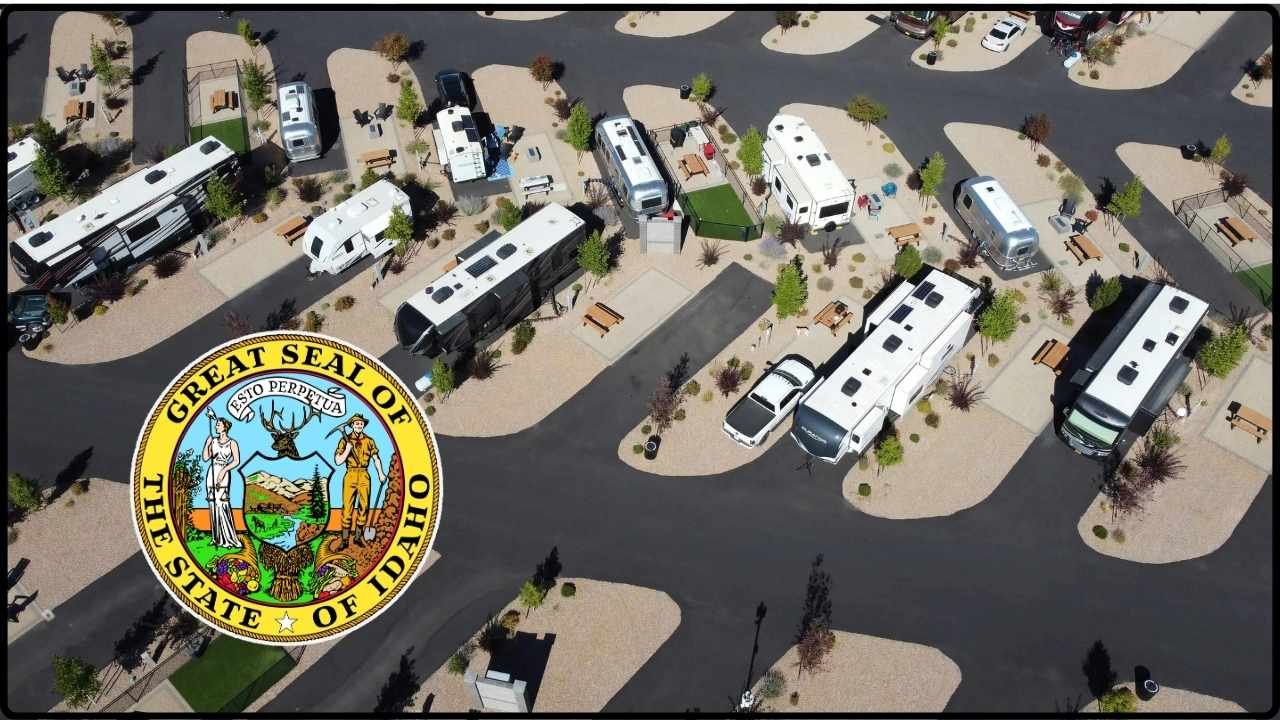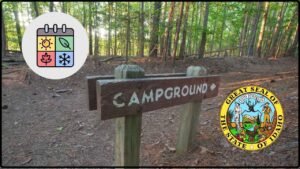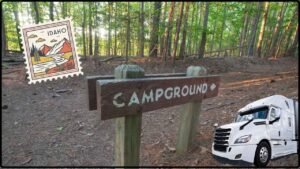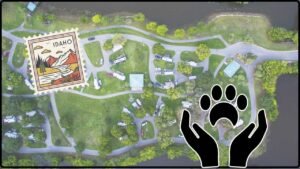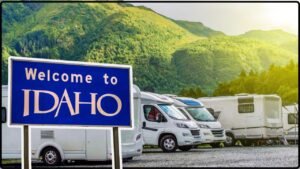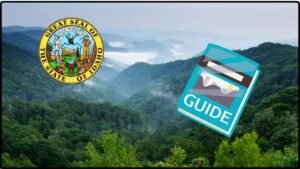Idaho BLM Camping Rules: Planning your camping trip on Idaho’s Bureau of Land Management (BLM) lands? Then you gotta know the ins and outs of the camping rules, especially that famous 14-day stay limit. Whether you’re a weekend warrior, a road tripper, or an outdoor pro, understanding these rules will help you stay chill and keep the land clean for everyone.
Camping on BLM land in Idaho offers some of the most epic experiences—wide-open spaces, breathtaking views, and that sweet feeling of being one with nature. But this freedom comes with a pinch of responsibility. The BLM has set rules, mainly the 14-day stay limit, to balance fun with protecting our beautiful landscapes. This guide breaks down everything you need to know about Idaho BLM camping rules, practical tips for making the most of your stay, and why these rules matter. So buckle up, and let’s dive deep—whether you’re a first-timer or a seasoned backcountry camper.
Idaho BLM Camping Rules
Camping on Idaho BLM land is an incredible way to connect with nature and escape the daily grind. The 14-day stay limit, coupled with other sensible rules, helps protect these lands, ensuring they remain beautiful and accessible for everyone. By following these rules and best practices—moving after 14 days, practicing Leave No Trace, managing fires safely—you’ll contribute to a healthier environment and a better experience for all campers. Pack your gear, prep your trip smart, respect the land, and get ready to enjoy the great outdoors like a true outdoor champ. For the freshest info, always check with official BLM resources before you hit the trail.
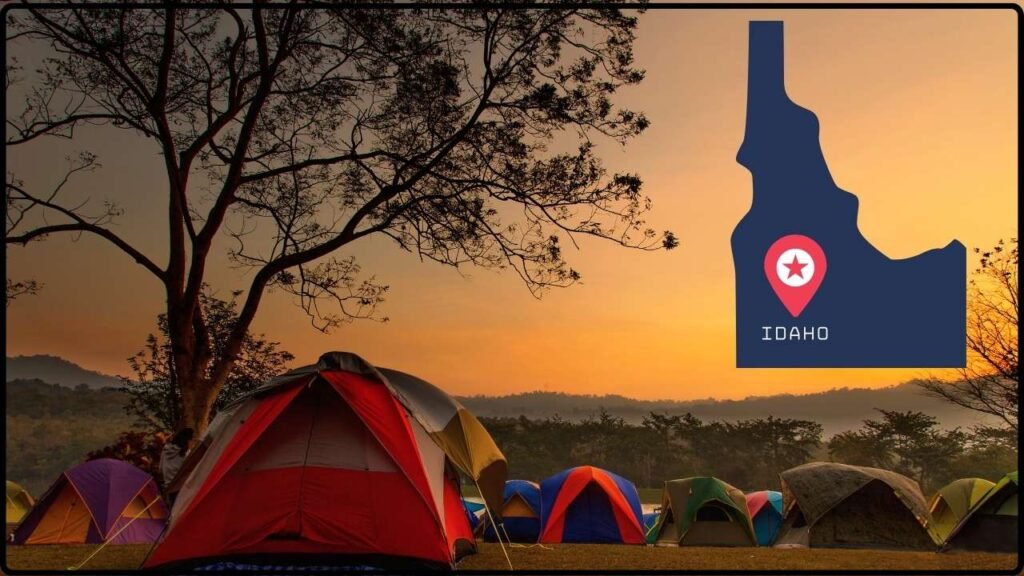
| Aspect | Detail |
|---|---|
| Stay Limit | 14 days max within any 28-day period on the same BLM site. |
| Move Distance | Must relocate at least 25 miles away after 14 days before returning. |
| Return Eligibility | Allowed to return after 28 days to the original site or area. |
| Unattended Gear | Property or gear can’t be left unattended for more than 10 days (72 hours for developed areas). |
| Campfire Rules | Use existing fire rings; follow fire restrictions and safety guidelines. |
| Developed Campgrounds | Some may have varying limits; always follow posted rules. |
| Trash & Waste | Pack out all trash and dispose of waste properly to prevent contamination. |
| Pets & Wildlife | Pets must be controlled; respect wildlife habitats and avoid feeding animals. |
| Safety Measures | Carry adequate water, watch out for weather changes, and follow BLM emergency protocols. |
| Fireworks | Fireworks are prohibited on BLM lands. |
| Official BLM Source | Idaho BLM Official Camping Guidelines |
What is the Idaho BLM Camping Rules?
Simply put, the 14-day camping rule means you can camp on a specific BLM site in Idaho for a max of 14 days within a 28-day span. After that, you gotta move at least 25 miles away from your previous spot to give the land a rest and other campers a chance to enjoy it. You can come back after 28 days, but not before — no cutting corners here.
Why 14 days? It’s a balance between letting folks enjoy the outdoors and preventing overuse that can damage soil, plants, and wildlife habitats. If campers overstayed, it could lead to overcrowded sites, trash build-up, and long-term harm to these public lands.
Think of it like borrowing a book from the library. You get it for a solid two weeks to enjoy, but after that, someone else needs a turn, so you have to return it and only borrow it again after some time passes.
Why Follow These Rules?
These camping rules ain’t just bureaucratic red tape—they’re here to keep the land healthy and accessible:
- Preserve Nature: Rotating campers lets vegetation regrow and wildlife thrive.
- Fair Access: Keeps spots open for everyone, from that solo adventurer to the family escaping the city.
- Prevent Environmental Damage: Limits wear-and-tear on fragile ecosystems.
- Safety: Ensures campers avoid hazards from long-term stays, including improper waste management.
- Fire Prevention: Reduces wildfire risks by enforcing campfire regulations and site rotations.
Ignoring rules can lead to fines or camping bans, so it’s best to play by the book and respect the land.
Detailed Guide: How to Camp on Idaho BLM Land Within Rules
1. Check Local Rules & Plan Your Stay
While the 14-day rule applies across most BLM lands, local offices or specific campgrounds might tweak this slightly. Before setting up camp, always check the official Idaho BLM website or contact the closest BLM office to confirm any additional restrictions, site-specific rules, or permit requirements.
2. Know Where You Can and Cannot Camp
- You cannot camp within one mile of developed campsites, day-use areas, and trailheads.
- Follow any “closed to camping” signage strictly.
- Camp at least 200 feet away from water sources to prevent contamination.
- Use established sites or dispersed sites previously used by campers, so you avoid creating new sites.
- In dispersed camping areas, be sure to camp within 150 feet of roads for safety and access while minimizing environmental impact.
3. Set Up Camp Legally & Responsibly
- Use existing fire rings or camp stoves to minimize fire damage.
- Avoid camping on sensitive or ecologically critical areas like wetlands or areas marked for protection.
- Don’t clear vegetation or build new fire pits; stick to previously disturbed areas.
- Pack out all your trash and waste—never bury trash or leave it behind.
4. Track Your Camp Days
Make sure to keep an accurate log of when you arrive and leave. The 14-day limit isn’t just for consecutive days — it’s a total stay limit within any 28-day rolling window. So, whether you camp for 14 straight days or spread it over multiple visits, the total can’t exceed 14 days.
5. Move Camp 25+ Miles After 14 Days
Once you hit 14 days at one location, you need to move your campsite at least 25 miles away “as the crow flies.” This ensures the land has time to recover and other campers get a chance to enjoy the area.
6. Leave No Trace Practices
Practice the 7 Leave No Trace Principles for responsible outdoor ethics:
- Plan ahead and prepare.
- Travel and camp on durable surfaces.
- Dispose of waste properly.
- Leave what you find.
- Minimize campfire impacts.
- Respect wildlife.
- Be considerate of other visitors.
These principles help reduce your impact and keep public lands pristine for future visitors.

Additional Important Camping Rules on Idaho BLM Lands
Campfire Restrictions and Safety
Campfires are a traditional part of camping, but Idaho’s conditions require extra care. Wildfire risk varies seasonally, sometimes leading to fire bans or restrictions.
- Always use existing fire rings or metal fire pits.
- Keep water and a shovel nearby to extinguish fires quickly.
- Never leave a fire unattended.
- Completely douse your fire with water and stir ashes before leaving.
Managing Waste & Hygiene
Most dispersed sites lack toilets and running water, so you need to handle waste responsibly.
- Pack out all trash, food scraps, and hygiene products.
- Use catholes dug 6-8 inches deep for human waste, and locate them at least 200 feet from water sources.
- Use biodegradable soap away from water.
Pets & Wildlife Interaction
- Pets must be on a leash no longer than 6 feet and under control at all times.
- Avoid feeding wildlife to prevent dependency and unsafe encounters.
- Store food securely to keep bears and other animals from investigating campsites.
Quiet Hours and Respect for Others
Respect fellow campers by keeping noise levels low, especially during quiet hours, typically set from 10 PM to 6 AM.
Fireworks and Other Prohibited Activities
Fireworks are illegal on BLM lands. Avoid burning trash or materials that produce toxic smoke.
What About Camping in RVs or With Vehicles?
Camping on Idaho BLM land isn’t limited to tents. You can camp with:
- RVs (Recreational Vehicles)
- Car camping setups
- Hammocks
- Backpacking gear
However, there are important vehicle use rules:
- Only park or camp within 150 feet of designated roads or routes.
- Avoid driving off-road or creating new paths that harm vegetation.
- Obey gates and private property signs; always verify road access with the BLM to avoid trespassing.
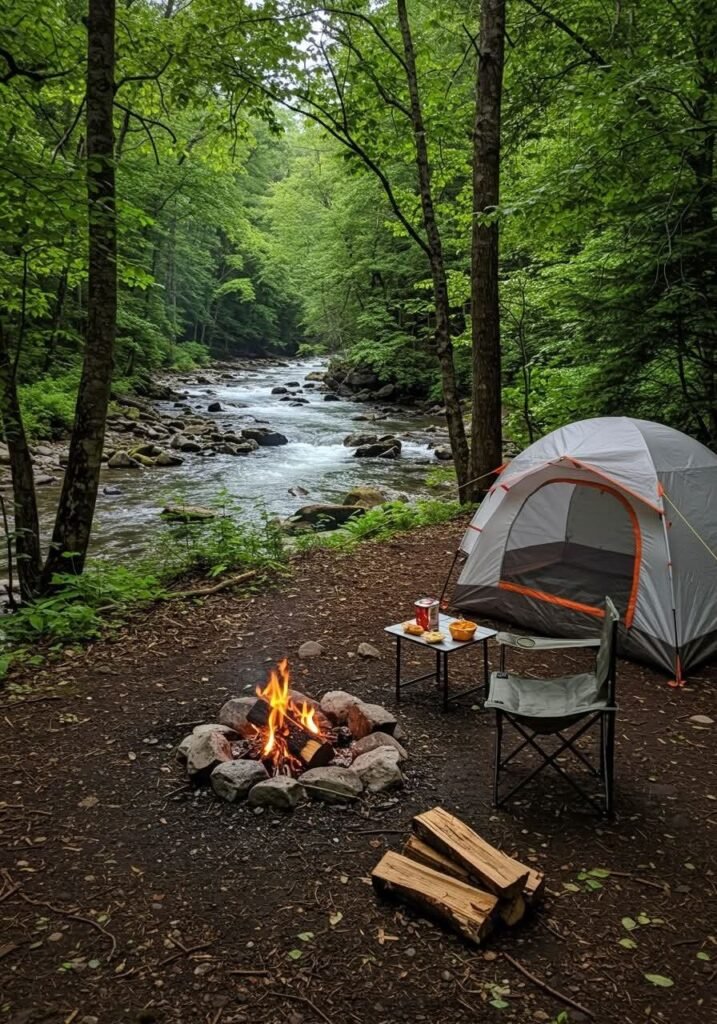
Safety Preparedness and Emergency Tips for Idaho BLM Camping Rules
Camping on public lands comes with safety risks you need to be ready for:
- Idaho weather can be unpredictable, so pack clothing for all conditions.
- Carry enough water for drinking, cooking, and cleaning — natural water sources might not be reliable or safe.
- Let someone know your itinerary and expected return time.
- Carry a map, GPS device, and first aid kit.
- Be aware of wildlife like bears, mountain lions, and snakes. Learn safety protocols.
- Know the location of the nearest ranger station or emergency service.
Practical Idaho BLM Camping Tips from the Pros
- Scout Sites Before Setting Up: Drive or hike the area to find the best, least impactful camp location.
- Pack Light and Smart: Bring essential gear that balances comfort with environmental responsibility.
- Bring a Trash Grabber: Help keep the site clean by picking up litter, not just yours but also what you find.
- Keep Noise Levels Down: You’ll enjoy nature more, and so will your neighbors.
- Stay Flexible: Fire bans, weather, or other factors might force you to change plans—be ready to adapt.

